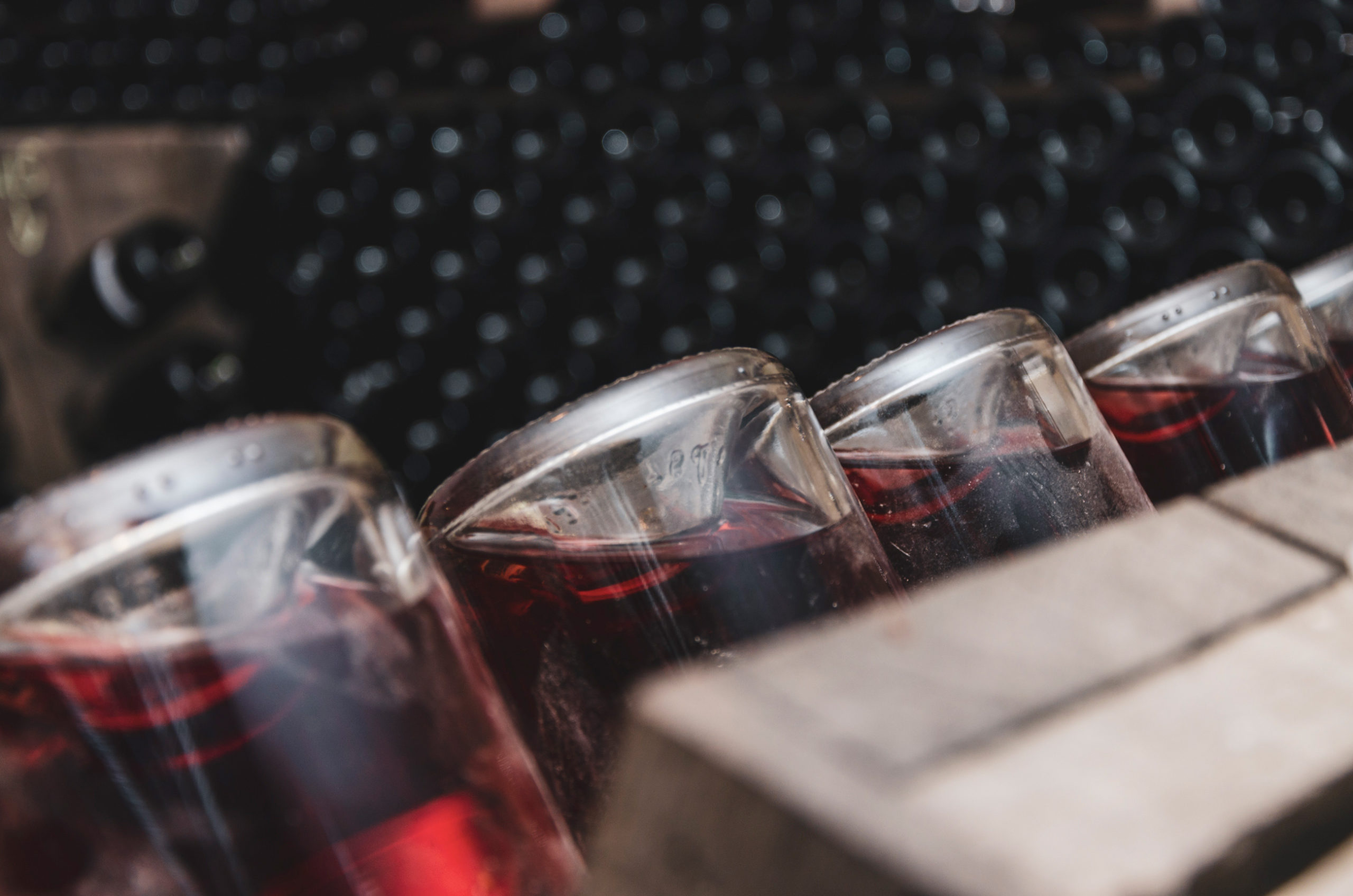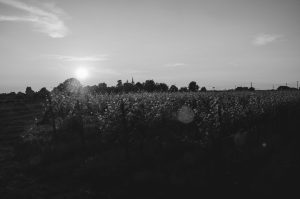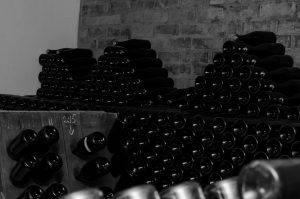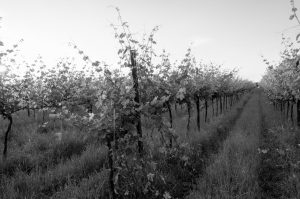Our history
START OF AGRICULTURAL ACTIVITY
CREATION/BIRTH OF THE WINE CELLAR
FARMING ACTIVITY/BUSINESS ACTIVITY
OUR LANDS
Our lands are located in the plain of Modena, with an altitude between 60 and 75 m above the sea level. the course of the River Panaro, which flows a short distance from our lands, has led to the deposition of alluvial sediments that are mainly gravelly and immersed in à sandy-silty matrix. this type of land is particularly suitable for the cultivation of the vineyard that prefers poor soils without water stagnation.
the piece of land is surrounded by two canals that carry water from the nearby hills to the River Panaro.
HOW WE WORK
- the harvest: we decide the beginning of the harvest by performing an analysis on the bunches, the right degree of sugar and acidity kick off the party!!! we harvest by hand, selecting the best bunches that are put in small boxes making sure not to cause the rupture of the grapes, thus avoiding the beginning of unwanted fermentations.
- the pressing / the crushing: the grapes, harvested in this way, are taken to the wine cellar and processed immediately. we remove the stems through a crusher-destemmer and we bring the grape juice inside refrigerated steel tanks.
- the fermentation: we leave the skins in contact with the must for a few days, until, by tasting the product and looking at it, it has reached the colour and the structure we want. thus begins the first fermentation that will transform the sugar present into the must into alcohol. this phase can last up to 30 days.
- the decanting: during all winter months the wine is kept under control by carrying out analyses and tasting the product repeatedly. there are several decanting from one tank to another to ensure that the wine clarifies naturally. we do not use filters.
- the bottling: after 6 months inside the steel tanks, the still wine is ready to be bottled: we bottle everything by hand, getting help only from a small filling machine. we bottle only when the moon allows it because we are dealing with a live product! this year’s total production was of only 9000 bottles!!
- the second fermentation in the bottle: the bottles, closed with crown caps, are left to rest for months. here begins the second fermentation where, the residual sugar inside each bottle, will be transformed into alcohol and carbon dioxide (CO2), forming the famous bubbles!!
- the aging on the lees: spending month in contact with the lees, our Lambrusco refines, softens and is rounded, creating à wine that is one of a kind.
- the disgorgement (credo si dica così): before placing the wine on the market, we remove the bottom by placing the bottles on the wooden pupitre; we carry out the remuage to bring the lees in the cap (at the tip). each bottle is finally reopened, the liqueur de expedicion is added and then the bottle is capped again with a cork and a cage. it is only at this point, at the end of the process, that we will affix our label.
TRADITION AND LAND
Everything goes back to the land.
we decided to cultivate our vineyards using an organic method, respecting the land to which we owe everything, and the vines that give us the grapes to produce our wines. we steal only the juice from the vine and we give it everything else with gratitude and deep respect.
During the pruning phase the branches are ground and made available to the soil to restore the necessary organic substance to the plants.
The same is true for the “rejects” of the vinification, the pomace and the stems which are redistributed in the soil after they have contributed to give structure to our wines. we produce à maximum of 10,000 bottles per year knowing that if the vine produces just a little, that “little” is done very well; we bottle only when the moon allows it, because we produce wine that enters the bottle alive and natural.
we deeply believe in a grape variety, LAMBRUSCO. the desire to make the most of it made us choose the most complicated and the longest way to produce our wines: the second fermentation in the bottle. we let the wine rest on its lees for months and, before putting it on the market, we remove them through the disgorgement.
this requires time and dedication but it also rewards us with many satisfactions!






